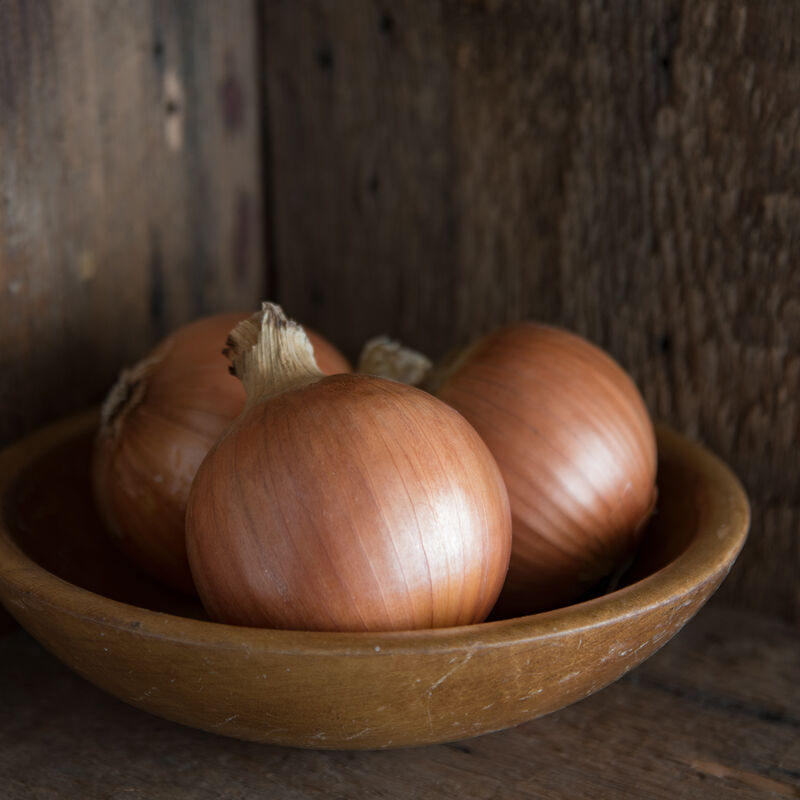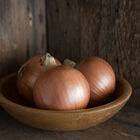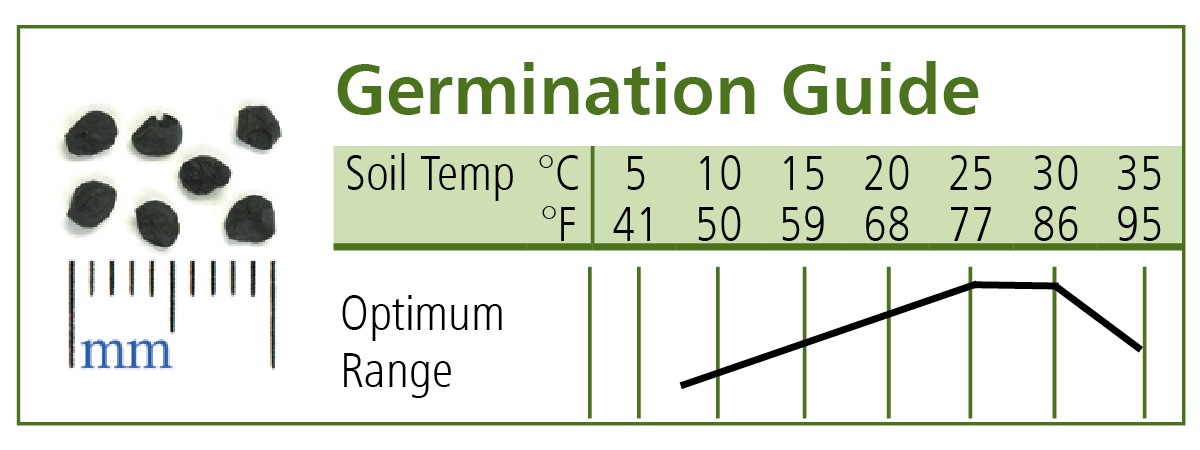New York Early Organic Onion Seed
Product ID:504G.11504G
New York Early Organic Onion Seed
Product ID:504G.11504G
Classic yellow OP strain.
Maintained and reselected by Johnny's. One of the more dependable and productive early onions. Medium-large, blocky, firm, yellow onions are early and suited to medium-term storage. Its flesh is more tender than the extra-hard, long storage varieties. Adaptation: 38–50° latitude. USDA Certified Organic.Specs:
SCIENTIFIC NAME:
Allium cepaCULTURE:
Onions require full sun and fertile, well-drained soil with a pH of 6.0–7.0. Sandy loam soils are ideal; in heavier soils, use raised beds or raised rows to promote soil drainage.DAY LENGTH:
Onion bulbing is triggered by day length, and maximum day length during the growing season increases from south to north. Short-day onions are grown at lower latitudes in the South, while intermediate and long-day onions are grown at higher latitudes. Refer to "Adaptation" in each variety description for details.DAYS TO MATURITY:
From direct seeding; subtract 10–15 days for days to maturity from transplant. TRANSPLANTING: In long- and intermediate-day areas, sow indoors 6–8 weeks before last frost date. Sow 128-cell trays, 1 seed/cell, and cover with 1/4" soil. Transplant 4" apart in rows 12–18" apart. Unruly tops may be clipped to 5" at time of transplant.DIRECT SEEDING:
In April or early May, or as soon as the soil can be prepared in early spring, sow in a 2" wide band, about 2 seeds/in., 1/4– 1/2" deep, rows 12–18" apart. Thin to 1 1/2–2" apart for highest yields in fertile soil. Thin to 3-4" apart for larger onions.AVG. DIRECT SEEDING RATE:
1 oz./25', 1M/50', 5M/250', 25M/1,250', 580M/acre at 20 seeds/ft., in rows 18" apart.CROP MAINTENANCE:
Keep onions well weeded with shallow cultivation. Onions are shallow-rooted and grow best with at least 1" per week of rain or irrigation, especially during the bulbing phase.DISEASE:
Adequate air circulation and crop rotation aids in reducing the risk of foliar disease. All Johnny's onion plants are tested and certified free from the presence of white rot and parasitic nematodes.HARVEST:
When necks become soft and 50% of tops are falling over, pull and cure in well-ventilated space out of direct sunlight (to prevent greening) or sun-cure in field for 2–7 dry days before moving to dry location. Cure until tops are completely dried; about 2 weeks.STORAGE:
When dry, clip off tops and roots and store in onion bags or shallow boxes at near freezing and 65–70% humidity.TRANSPLANTS:
Avg. 1 oz./4,900 plants, 1 lb./78,750.SIZED SEEDS:
Standard on all varieties.SEEDS/LB.: 96,900–127,700 (avg. 112,000).PACKET:
250 seeds, sows 12' or makes 140 plants.Johnny's is committed to your success, every step of the way.
We want you, our customer, to be 100% satisfied with all of our seeds, tools, and supplies.
If anything you purchase from us proves unsatisfactory, we will either replace the item or refund the purchase price.






